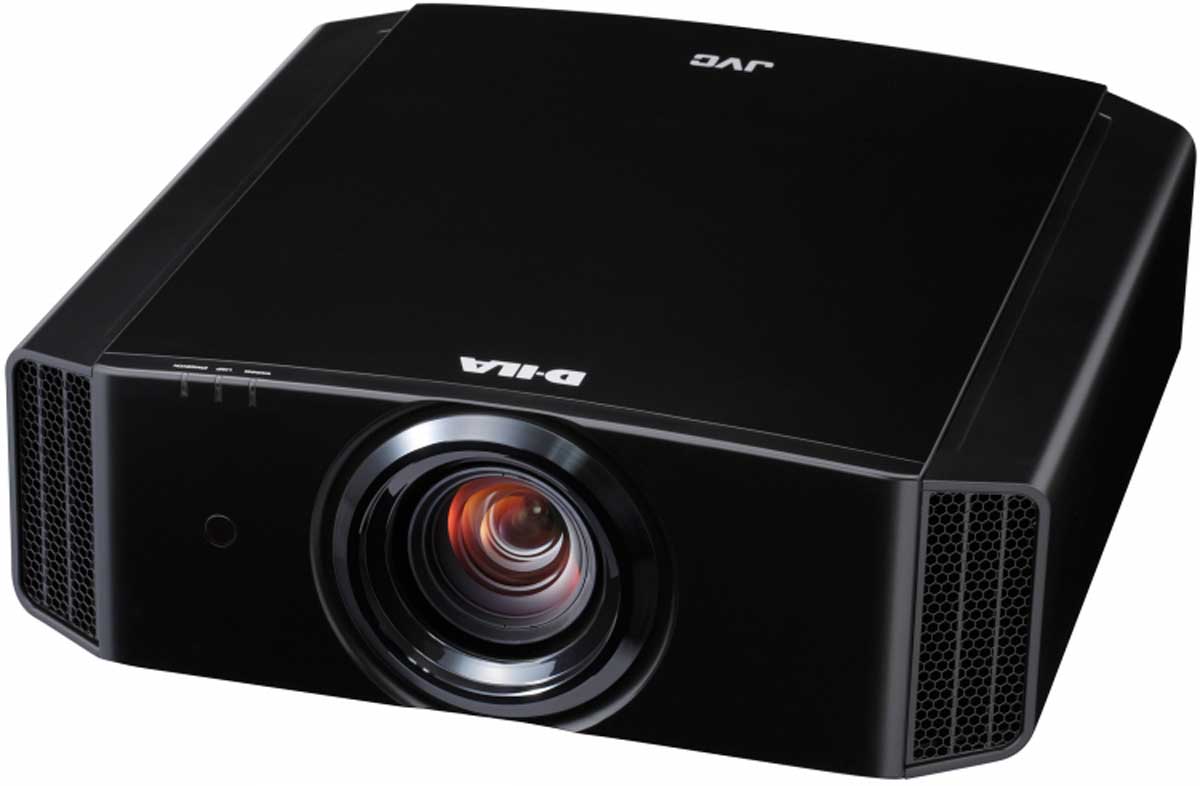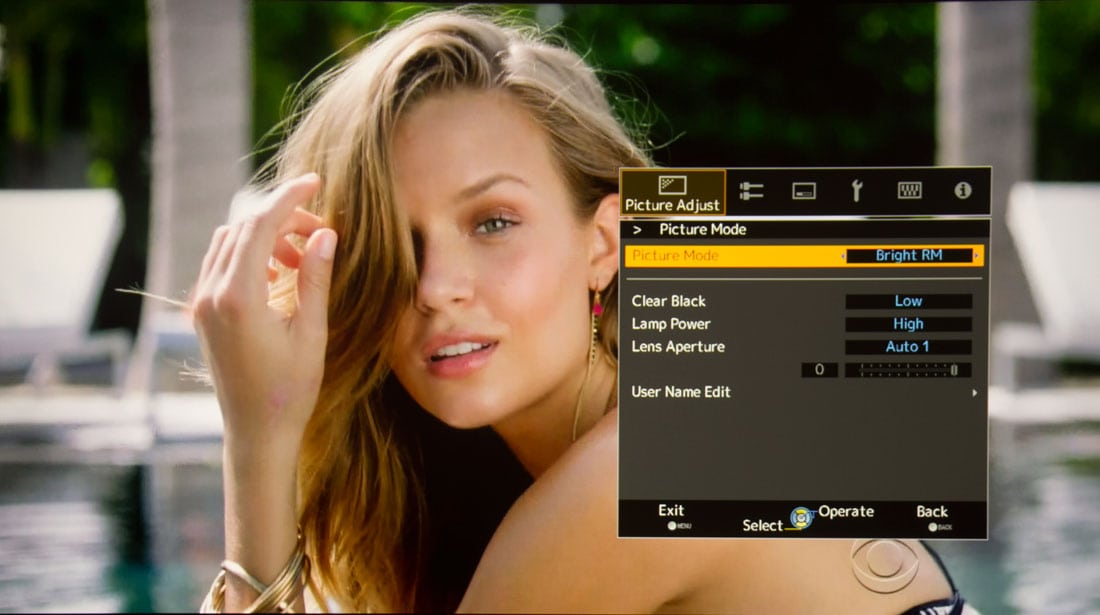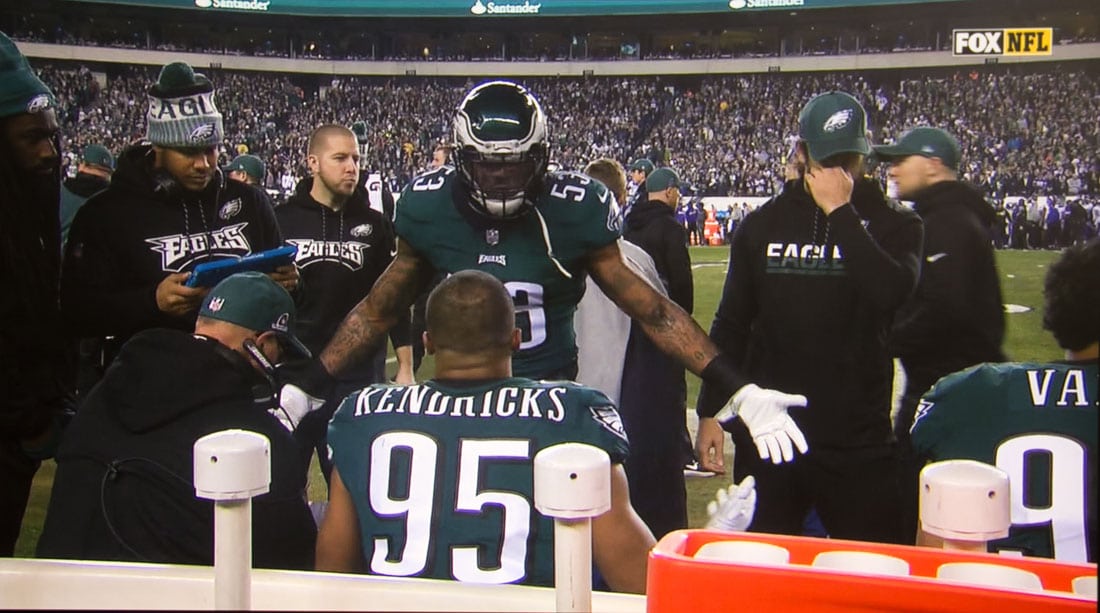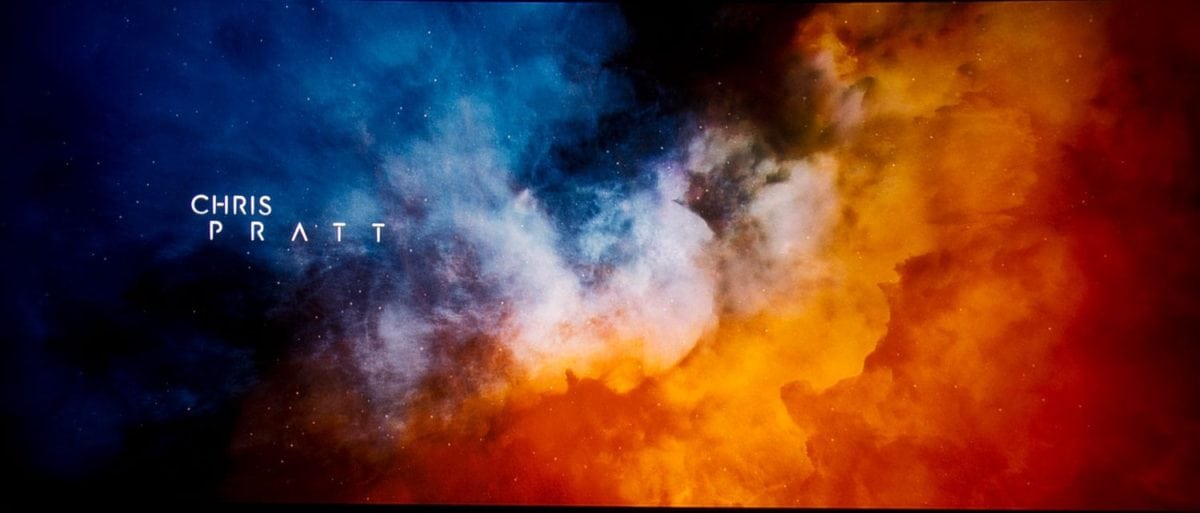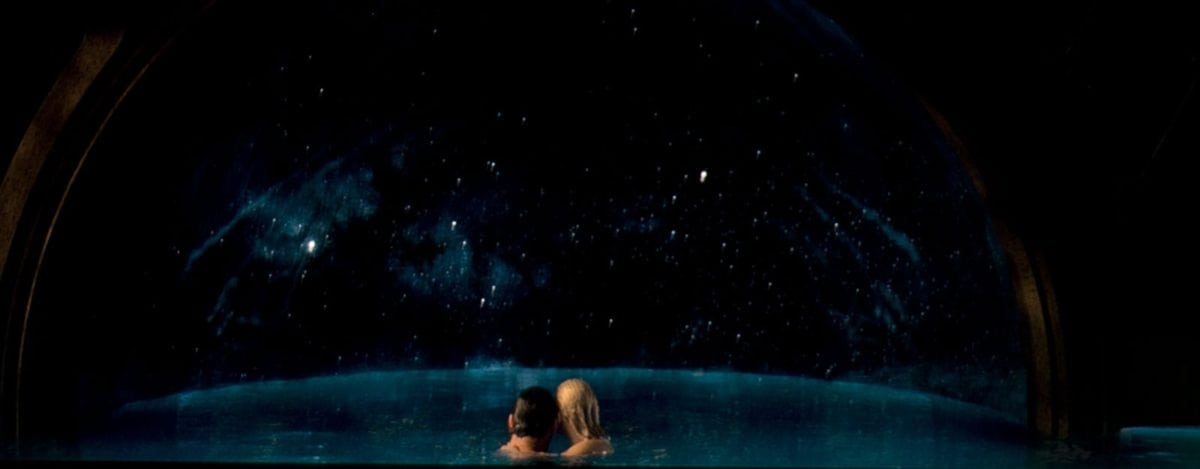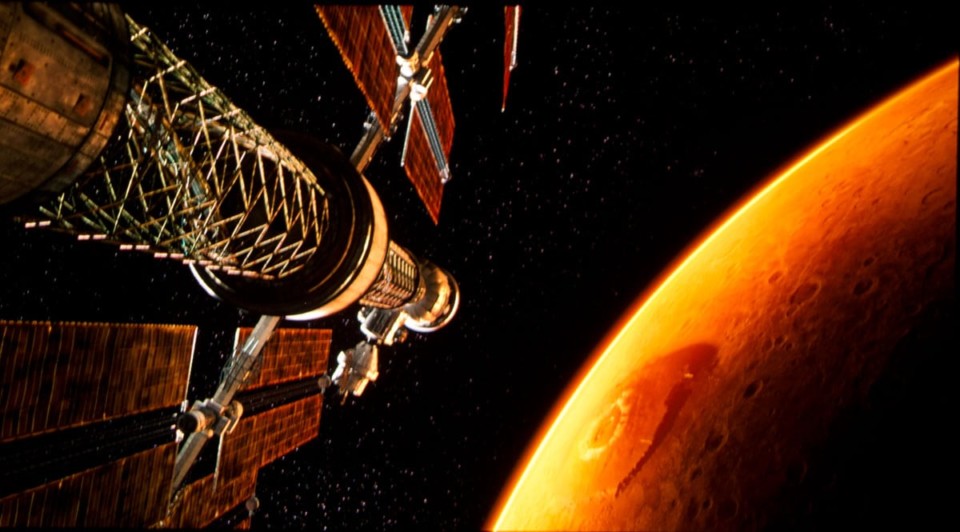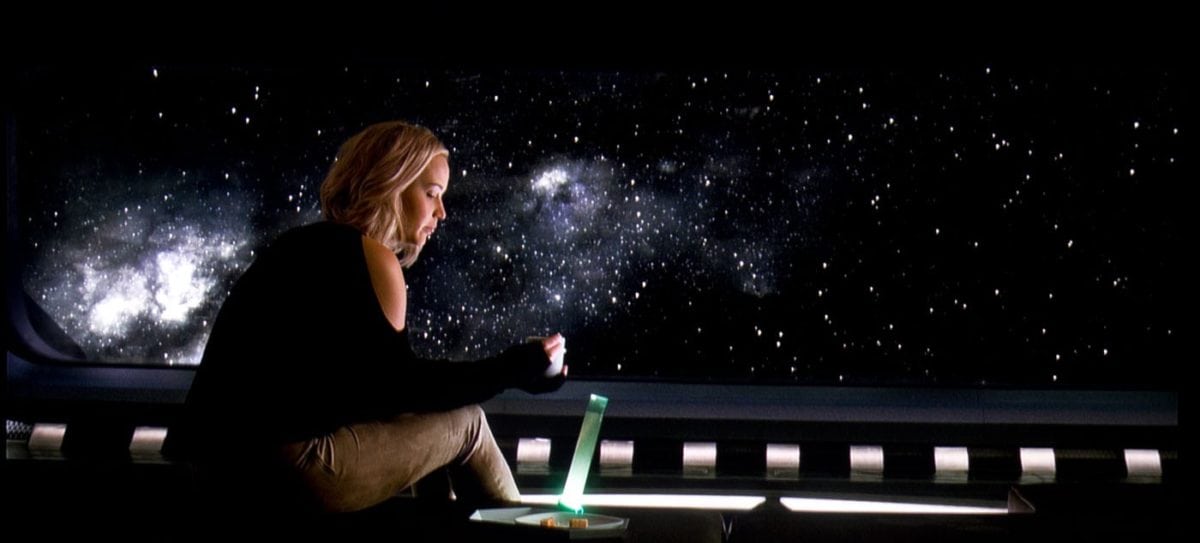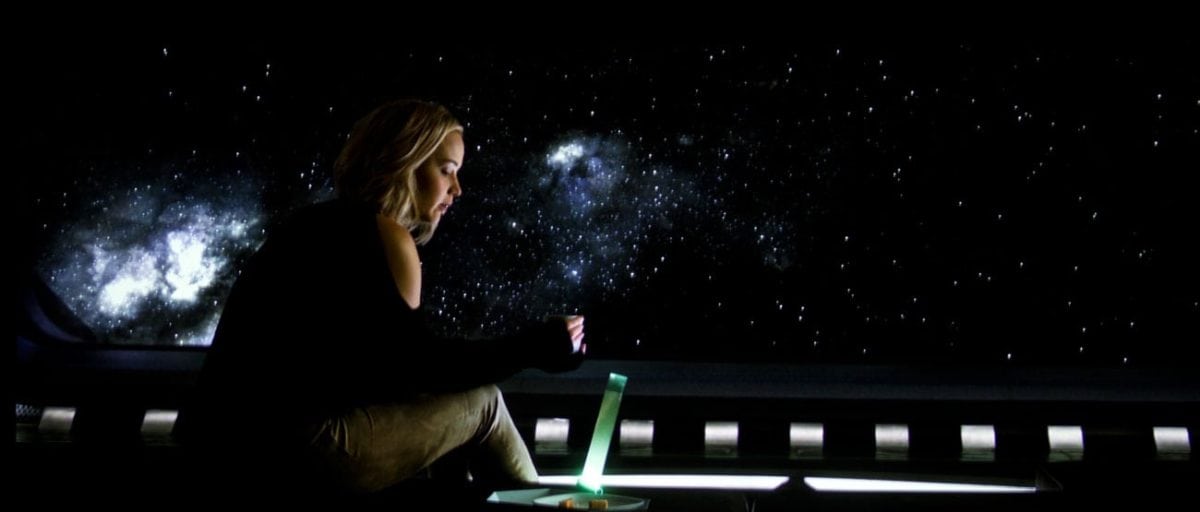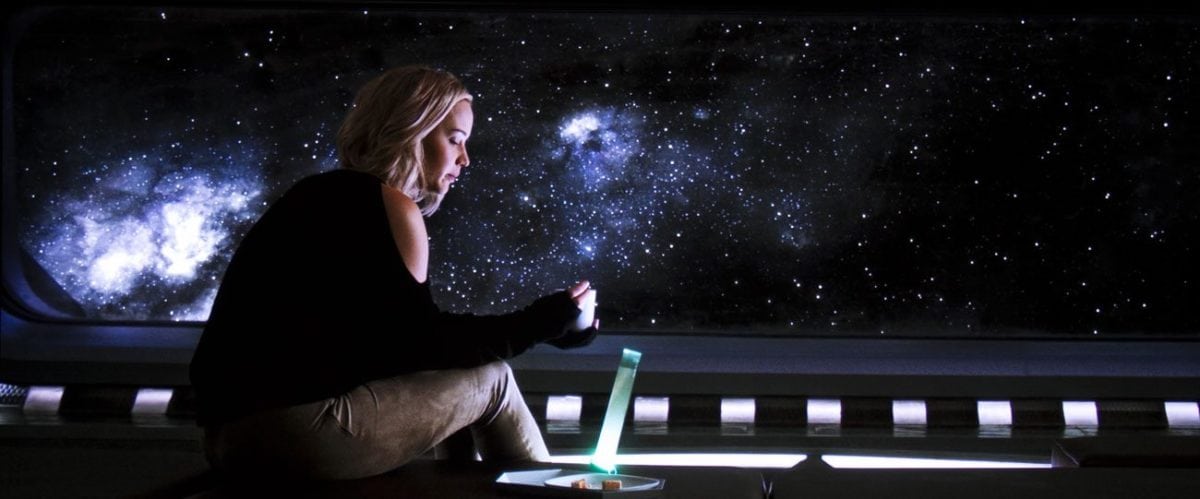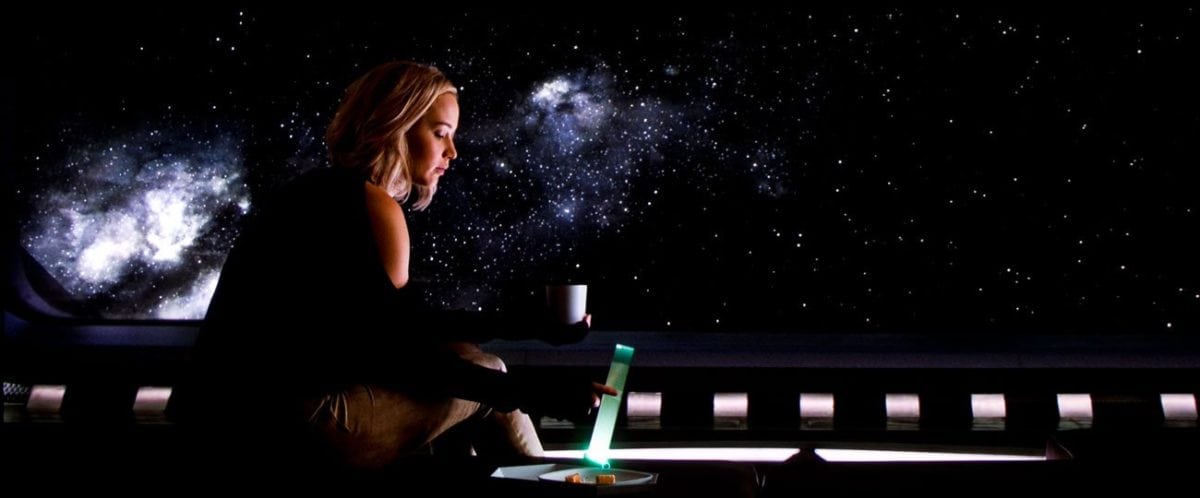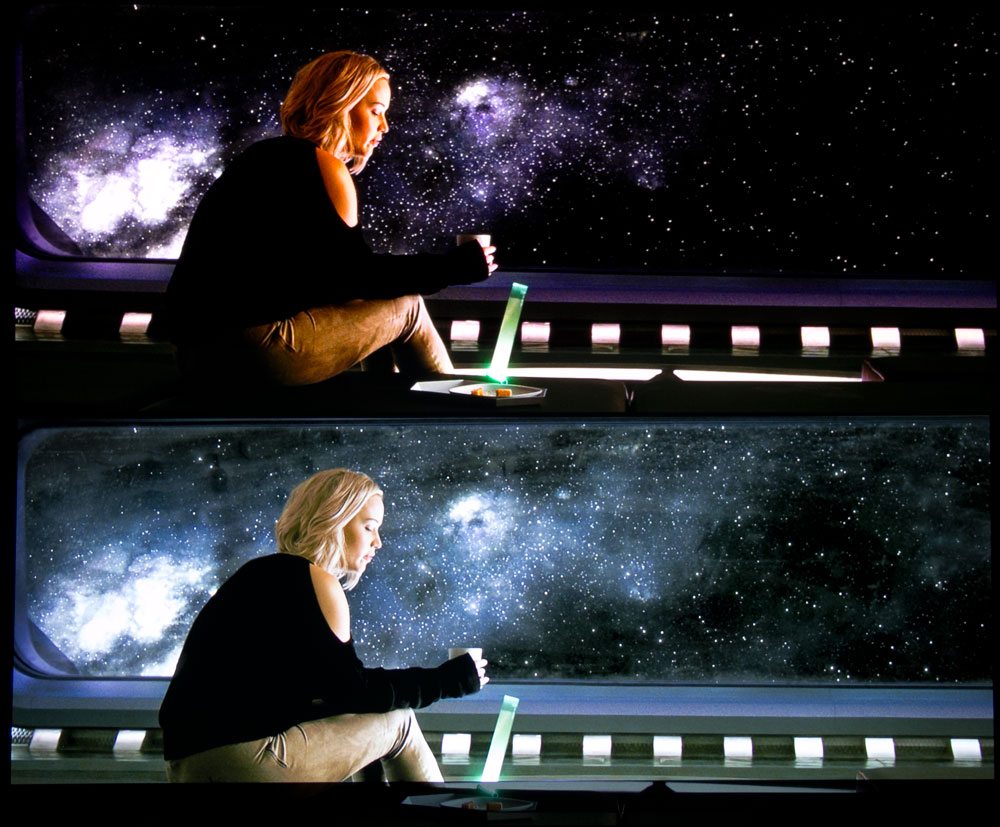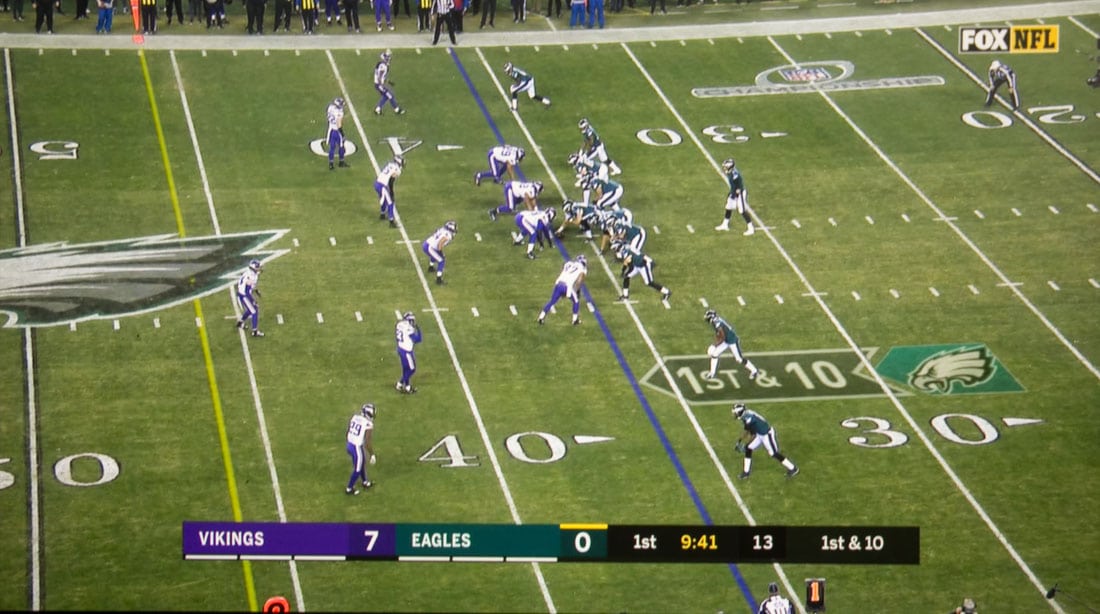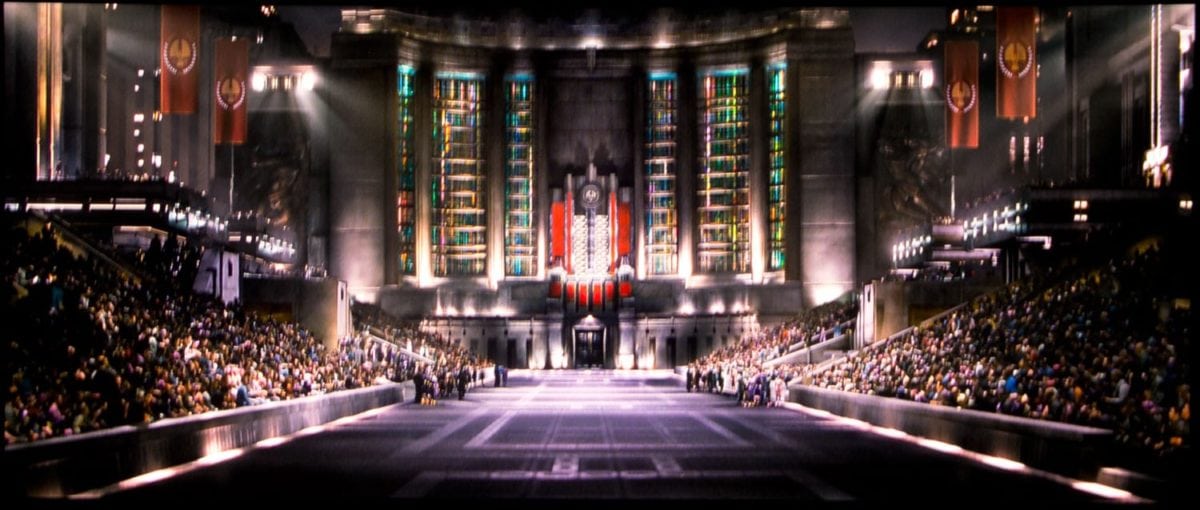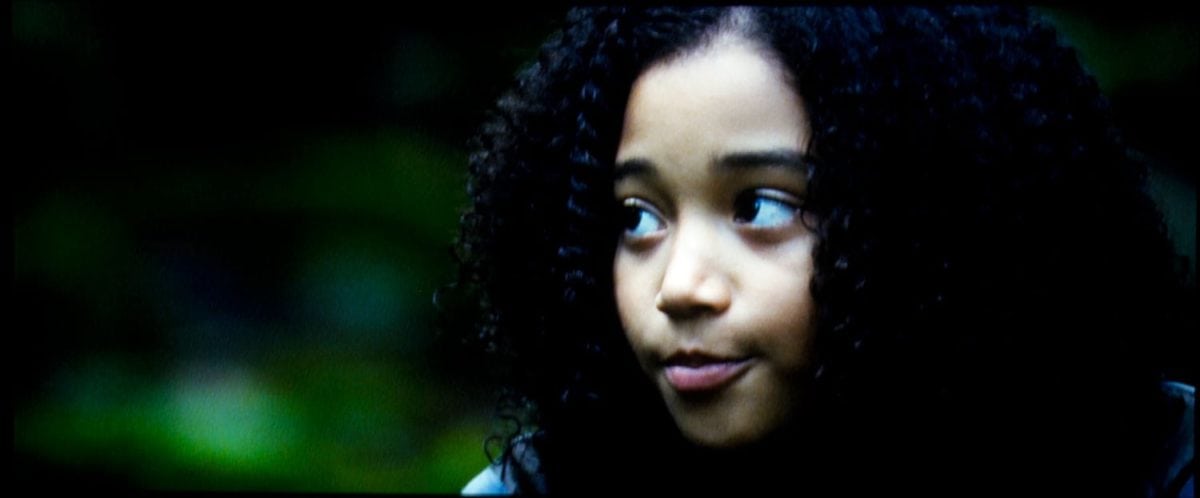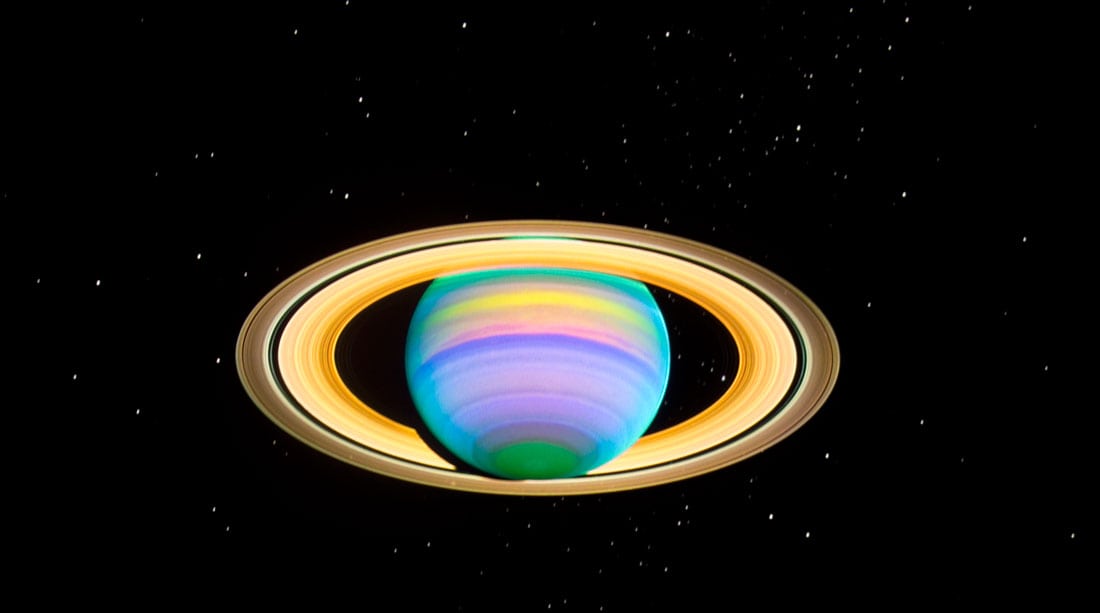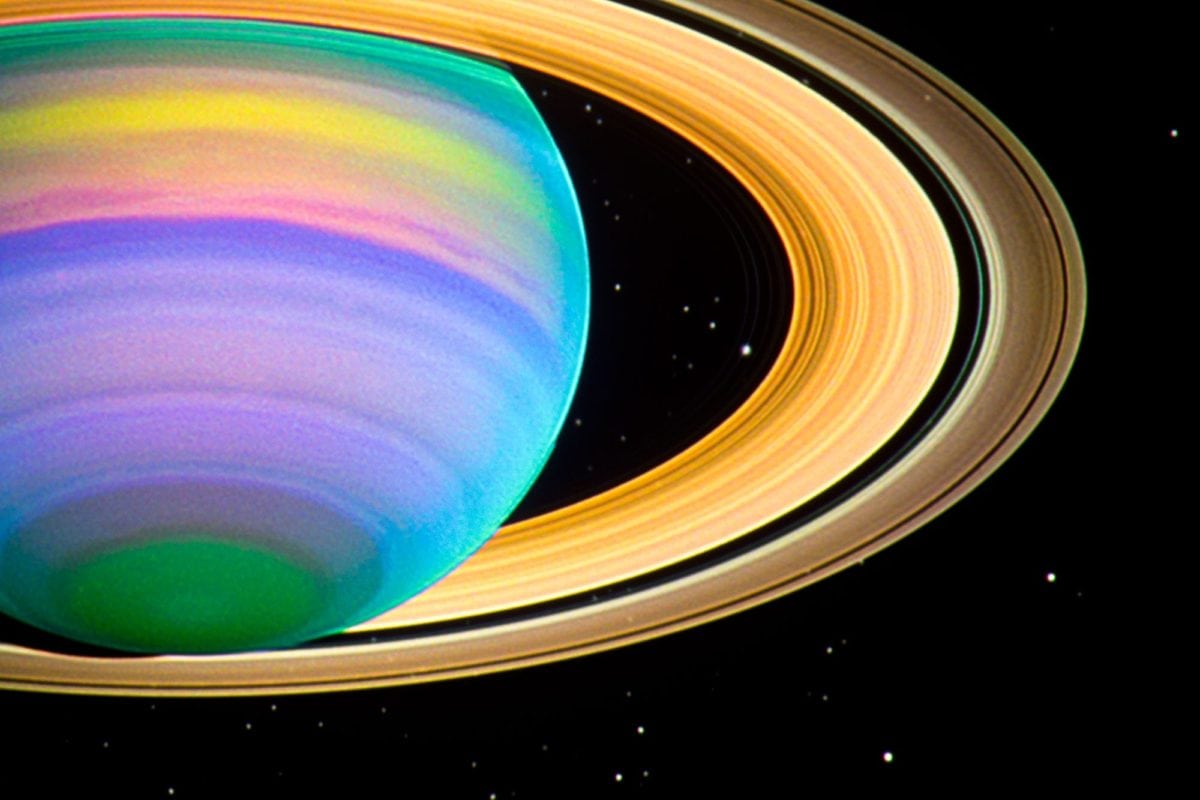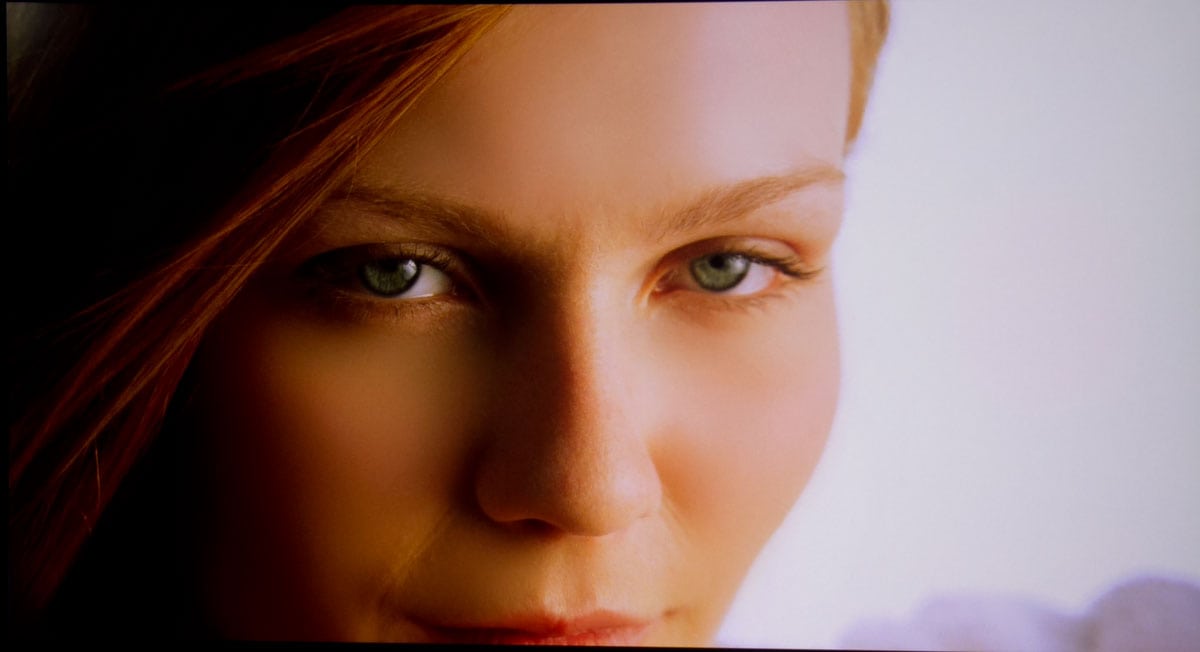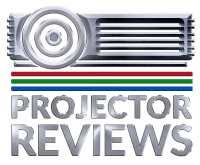Let’s start with the 4K UHD projectors that are lamp based (like the JVC RS440U). There are many of them, and we’ve reviewed plenty: Optoma UHD65, UHD60, UHD51A, BenQ HT2550, TK800, HT8050, Vivitek HK2288… all within the last 12 months. Then comes the laser based 4K UHD models. They include the Casio XJL8300HN (very expensive), the Dell, S718QL, Acer V7860, and Optoma UHZ65. (Again, all in the past year!).
The true native 4K crowd consists of Sonys: VW285ES, and VW385ES (also the VW885ES but it is almost 4x the price of the JVC). In the photo player, we have this Passengers image of the VW285ES. Remember, the primary real difference between the VW285ES and 385ES is black level performance.
Finally there are the other 4K capable pixel shifters, like the Epsons which, like the lower res group of 4K UHD DLPs, starts with a 1920x1080 chip resolution, and pixel shifts one extra time. Those projectors – right now primarily the Epsons on the home theater side, are the same overall resolution as this JVC DLA-RS440U.
In the images directly below, I picked a nice dark “outer space” type image, from near the ending of Passengers (4K, HDR, etc.), starting with the JVC, but also a few competitors. I chose this one, because simply put, this is a scene where the JVC blows away most of the competition, when viewed on the big screen. Only the more expensive Sonys, and the lower cost Epson UBs come close. The $15K Sony is right up there with the JVC on black levels (and serves up true 4K, unfortunately, I competed that review before I started using Passengers images for comparisons. After that big Sony, the next two closest at black levels would be Sony’s VW885ES and Epson 5040UB/6040UB, and not far behind the Epsons, comes the Acer VL7860 which is one of the laser based 4K UHDs. None of the other laser, or lamp based single chip DLPs is even remotely competition when it comes to black levels, they are miles behind this JVC!
Epson’s lower end 4K capables, the HC4000 and PC4040, are more in line with the average 4K UHD when it comes to black level performance, so also no competition.
But projectors are more than just black levels. When it comes to color – right out of the box, Sony’s the best of those I review in general, Epson is normally 2nd, and this JVC is right about there with the Epsons. (I’d say JVC’s brightest modes tend to be a little better than the Epson's Bright Cinema mode, but in “best mode” comparison, the Epsons probably have the better color. But we’re quibbling. And all of these projectors can improve with a good calibration (although I often wonder about the Sonys. I find them “close enough” that we rarely bother to calibrate them anymore, because the improvements we could make are probably slighter than the difference from one lamp to the next, in color balance..
Calibrated almost all of these projectors tend to vary from pretty good, to excellent.

